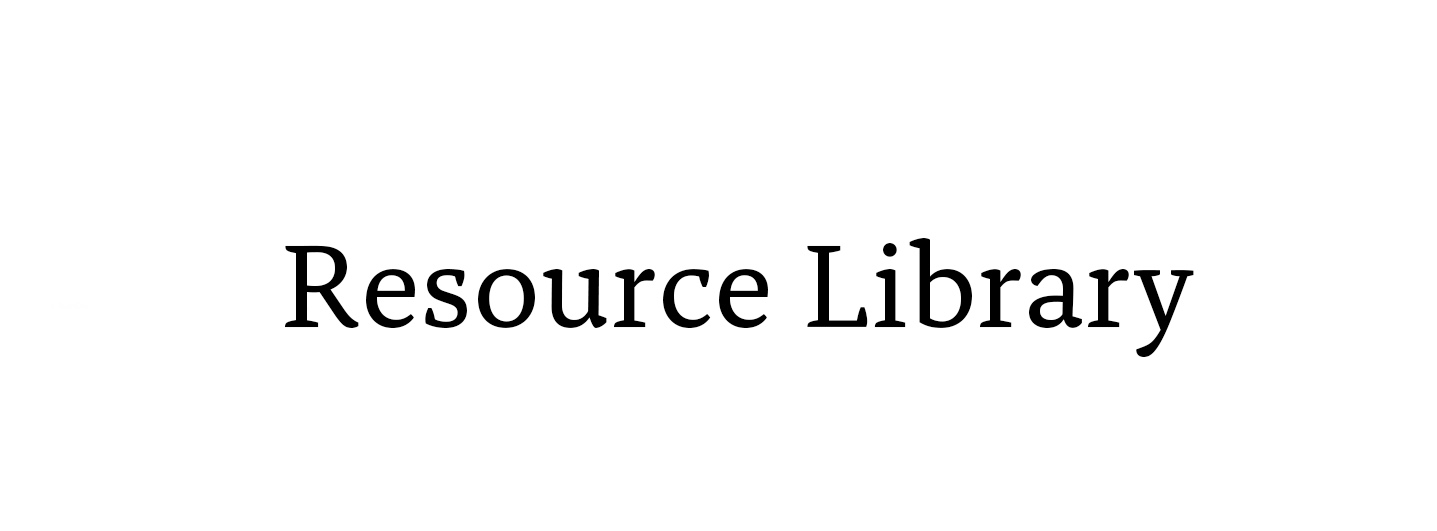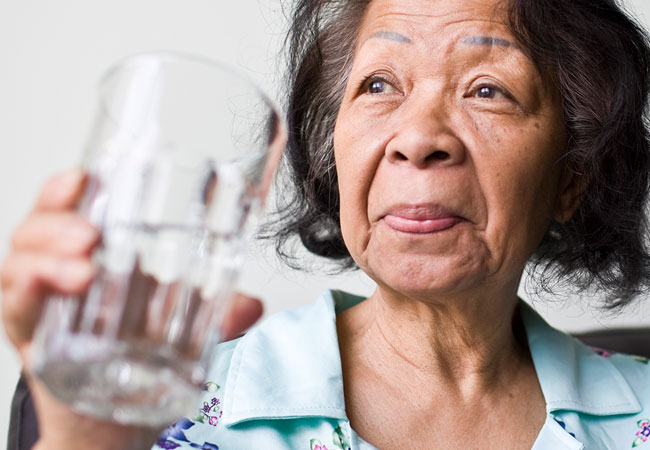Dehydration occurs when the body loses more water than gained in the body, often leading to severe complications. As we age, the risk of dehydration increases. Older adults are more susceptible to dehydration, but here are a few ways to prevent dehydration for older adults and the signs and symptoms of a dehydrated individual.
Increased Susceptibility of Dehydration in Elders
There are several reasons why older adults are more likely to be dehydrated than other age groups. As we age, our muscle mass decreases, and muscle cells are a significant source of water retention. Thirst response also decreases as we grow older. The desire to drink water is not as prevalent in older adults. In many cases, by the time you are thirsty, you are already dehydrated.
Reduced mobility can be a passive way of diminishing water intake because some older adults have a more challenging time getting water independently. External influences are another significant source of dehydration. Many medications have side effects that increase urination. They also promote the loss of fluid. Diuretics and blood pressure medications are major proponents of this.
Certain health conditions can increase the risk of dehydration in elders, particularly kidney diseases and diabetes. Limited overall body fluids further hinder kidney function. Also, kidneys are less efficient in removing toxins over time, so more water will be used to excrete waste in the urine. Fever, diarrhea, and vomiting are also notable contributors to dehydration in older adults.
Preventing Dehydration
A quick way to determine how much water you should drink is to divide your weight by three, which is the number of ounces of water you should consume in a day. For example, a 180-pound man should drink 60 ounces of water daily. It can be hard to drink a large amount in one sitting, so try to drink throughout the day. Encourage your loved ones not to wait until they are thirsty to drink water and keep water where it is easy to reach. Improving accessibility to the restroom is also vital if getting to the toilet in time is a concern.
Alternatives to plain water can include flavorings such as lemon or lime. Flavored sparkling water, low sugar fruit juices, and milk are other options that would help increase water intake. Food with high water content such as cucumber, celery, watermelon, and low sodium soups is more fluid consumption. Be wary of the amount of alcohol and caffeinated beverages you consume – both can encourage dehydration.
Signs and Symptoms of Dehydration in Elders and Loved Ones
There is an assortment of signs and symptoms for caregivers and loved ones to watch for to prevent dehydration in elders. The more moderate symptoms include:
- Extreme thirst
- Less frequent urination
- Dark-colored urine
- Fatigue
- Dry mouth
- Headache
- Muscle cramps
More severe events include:
- Rapid heart rate and breathing
- Confusion
- Fainting
- Low blood pressure
- Convulsions
- Dry and sunken eyes
- Wrinkled skin that lacks elasticity
If someone is experiencing dehydration symptoms, seek medical attention.
Proper hydration increases overall health from improving the clarity of one’s skin to better digestion. Finding ways to improve your and your loved one’s hydration habits is one step into living a healthier lifestyle.
Additional Resources
https://www.mayoclinic.org/diseases-conditions/dehydration/symptoms-causes/syc-20354086
https://www.healthline.com/health/symptoms-of-dehydration-in-elderly
https://www.parentgiving.com/elder-care/dehydration-a-hidden-risk-to-the-elderly/




